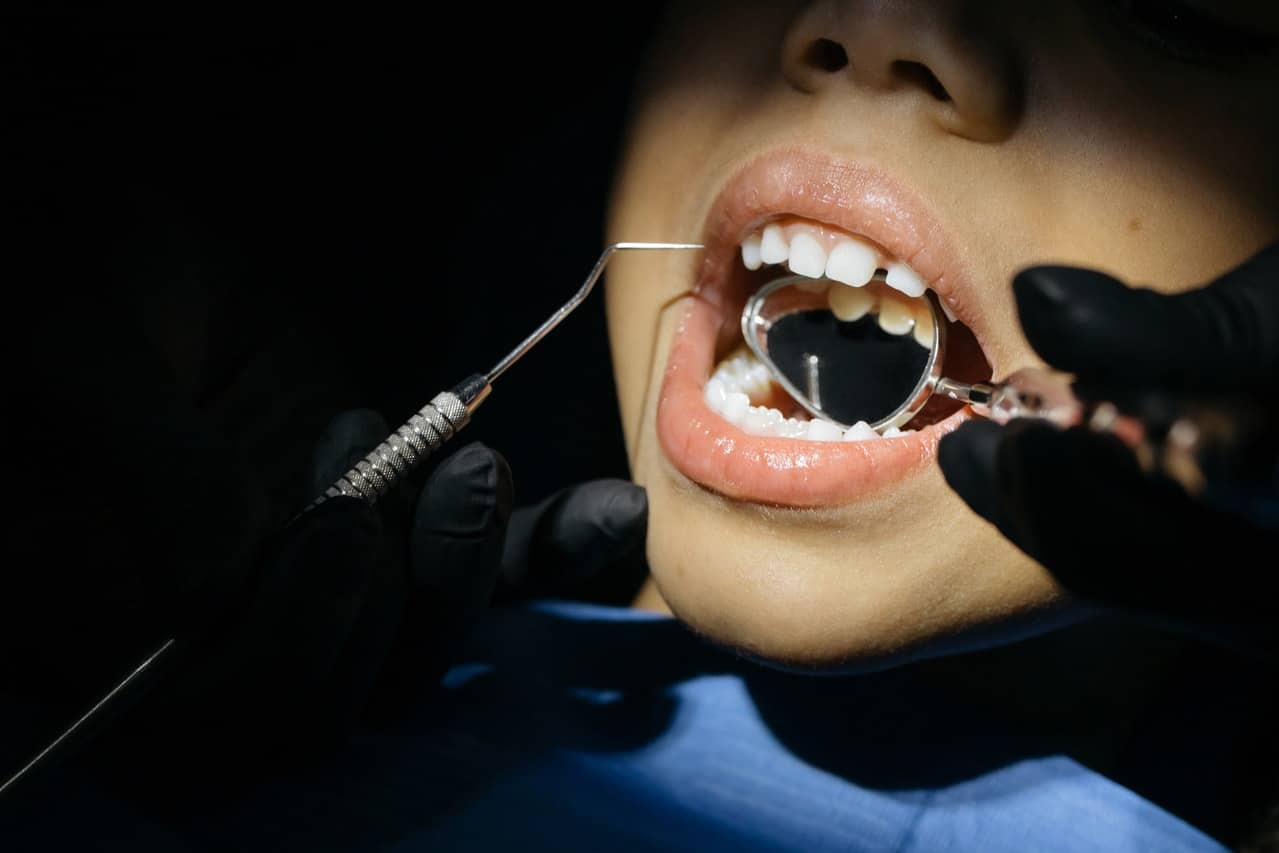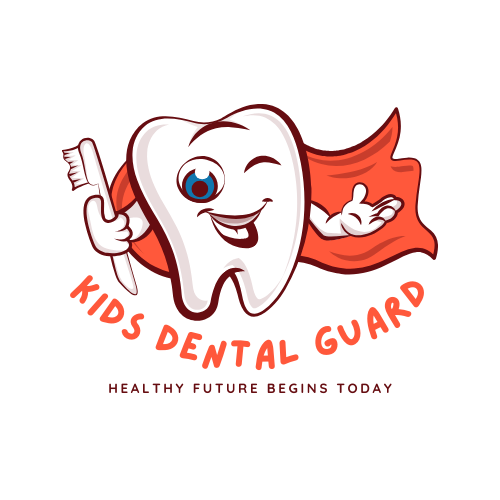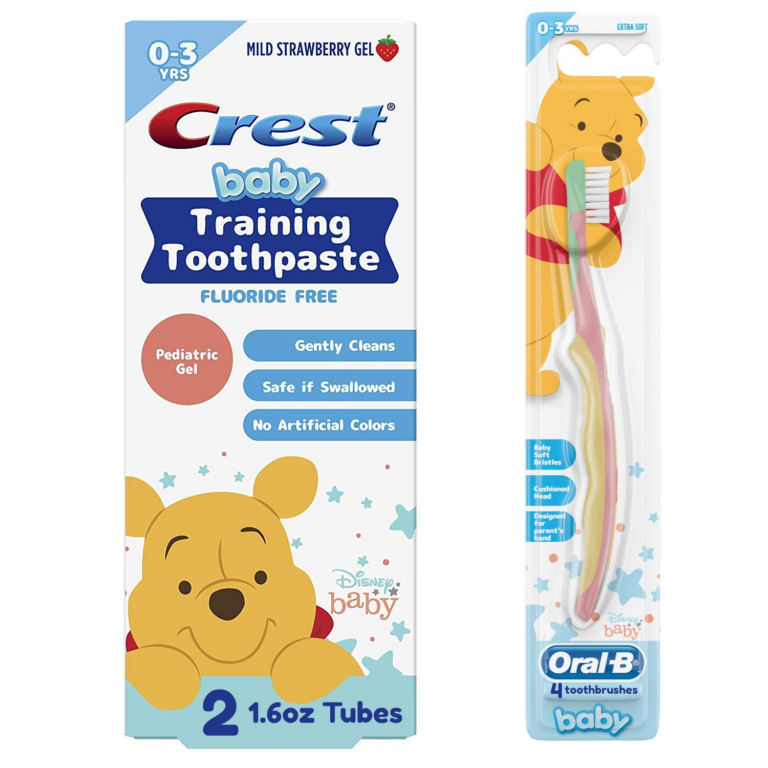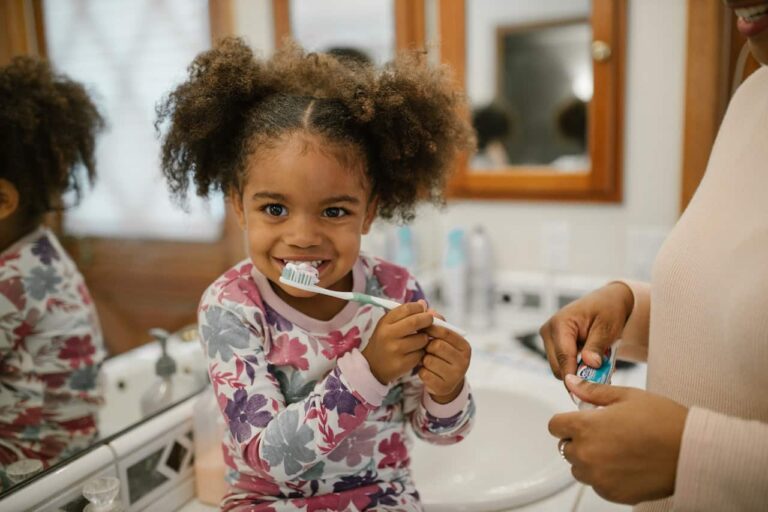Flossing for Kids: Complete Guide to Flossing Children’s Teeth

- Importance of Flossing for Kids
- When Is The Right Time To Start Flossing Your Child’s Teeth?
- How To Rightly Floss Your Child’s Teeth?
- Tips For Efficient Flossing Of Your Toddler’s Teeth
- When Should You Floss Your Child’s Teeth: Before Or After Brushing?
- When Should You Floss Your Child’s Teeth: Morning Or Evening?
- What Are The Different Types Of Dental Floss Available For Your Toddler’s Teeth?
- Considerations While You Floss Your Child’s Teeth
- What Can Be The Effects Of Not Flossing Your Child’s Teeth Regularly?
- Conclusion
- FAQ’s
Did you know that almost 60 to 90 percent of children in urban states and countries face tooth problems?
Wonder why so many children, despite brushing regularly, get tooth issues?
Imagine this. Keep a reusable straw in a chocolate smoothie, and then don’t wash it. Within a few days, it will grow bacteria and start stinking.
That is how neglecting to floss your teeth can result!
Think about the teeth of a child. If you think that brushing your child’s teeth is enough to maintain an excellent dental hygiene routine, you are highly mistaken!
Your child’s toothbrush cannot reach the nooks and corners of the teeth where food particles are stuck, and that’s why your kid (and you too) needs flossing.
And, if your kid ignores flossing and regular brushing, the area between your child’s teeth could reach an ugly stage. This could result in damages such as tooth cavities and gum disease.
But, Wait, What is Flossing, And Is It For Kids Too?
Flossing is an essential oral hygiene routine that everyone with a dental structure should follow.
Flossing is the habit of removing the food particles stuck between the teeth through dental floss after brushing the teeth.
Without flossing, the shiny, pearly teeth may have invisible food particles trapped in between them. This could lead to more significant problems in the future. So, if you ever wondered if it is okay to skip the whole affair of flossing your child’s teeth, believe it, it is not because flossing for kids is essential!
Let’s dive into a complete guide to flossing children’s teeth!
Importance of Flossing for Kids
Plaque forms between the teeth and on the surface of the teeth as your child eats throughout the day.
A plaque is a sticky layer of bacteria that contributes to more giant teeth damages such as cavities and gum disease.
A plaque is caused by sugar building up on the tooth surface. One of the most critical tasks of brushing is to remove plaque build-up. However, after the teeth start touching each other, brushing alone isn’t enough to remove the deadly layer of plaque from in-between the teeth.
Thus, flossing becomes essential to eliminate the bacteria that could cause irreversible damage.
When Is The Right Time To Start Flossing Your Child’s Teeth?

You must floss as soon as your child develops a dental structure wherein two teeth start touching. At this point, you cannot rely on brushing to get rid of the bacterial build-up called plaque. It is time to start flossing your child’s teeth to remove the food particles and plaque from every nook and corner.
You must help your child floss his teeth until he ties his shoelaces. So, until your children learn to floss their teeth righteously, you must help them perform the job.
How To Rightly Floss Your Child’s Teeth?

Do you know how to floss your child’s teeth as a parent? Many young parents don’t! Here is a list of steps you must follow to floss your child’s teeth correctly.
- From the bundle of dental floss, tear about 19 inches for one-time use.
- Take the dental floss and wind most of it in one hand’s middle finger (dirty middle finger), and then wind most of it in another hand’s middle finger (clean middle finger), leaving about two to three inches of floss unbounded in between.
- With the help of your thumb and index finger, grasp the floss tightly so you don’t lose the grip.
- Following a gentle rubbing motion, go in-between the teeth
- When you feel the floss has touched the gum line, just curve it into a C-shape that hugs our child’s teeth.
- As you hold the floss tightly, follow the ‘up and down motion against the tooth.
- Flossing up and down should be repeated 5 to 7 times before moving to the next.
Note:
The reference between a clean middle finger and a dirty middle finger is this: As you clean the bacteria from the middle of two teeth, you will wind the dirt and plaque from one space in the ‘dirty middle finger, and the ‘clean middle finger’ will help unwind the clean floss as you move on.
Tips:
- Never hold your floss with the index finger, as many parents and individuals tend to do that. The index finger is to grasp the floss tightly.
- Always be gentle with the floss because you don’t intend to damage the gum line while flossing.
- Once you complete flossing one area, wind the part you just rubbed in the dirty middle finger and unwind 2 inches of clean floss from the clean middle finger.
Tips For Efficient Flossing Of Your Toddler’s Teeth
As part of an excellent dental hygiene routine, frequently flossing your child’s teeth is essential. However, here are a few things to follow:
- Let your child choose floss: Did you know many flavors of teeth floss are available? From grapes and coconut to watermelon and chocolate, there are various varieties. Let your child choose the one they like the most. This will help them adapt to the process quickly and willingly. And, no, the flavored dental floss does not damage the teeth.
- Use colored floss to make it fun: Pick up threads whose handles are fun colored, so they enjoy holding the pick while you engage in the actual business. Remember, at an initial stage; you should be the one flossing your child’s teeth because they would not have the manual understanding of doing it.
- Make them curious: Follow the older sibling method by exposing the child to friends participating in the activity. This makes them interested and eager to participate in the activity.
When Should You Floss Your Child’s Teeth: Before Or After Brushing?

This is a very critical question. Many of us think the first step is brushing, followed by flossing, and that’s why most of us have been flossing after brushing.
However, recent studies have clarified that flossing the teeth before brushing helps remove the plaque before cleaning it with fluoride toothpaste. As per studies, when you floss before brushing, the mouth has more fluoride, a mineral that maintains oral health (prevents tooth decay).
Try flossing your toddler’s teeth before brushing. If that disturbs the balance, you would be pretty clear about reversing the order. Ultimately, what matters is how religious and efficient you are with the process. The American Dental Association study also states that it is not crucial to follow an order, so better reach out to a pediatric dentist and check what’s best for your kid.
When Should You Floss Your Child’s Teeth: Morning Or Evening?
The answer to this question is highly subjective.
The time you fix to clean your child’s teeth can be set on what best suits your and your child’s schedule. If you have enough time in the morning, you can floss during that time, and if you feel mornings are busy, doing that before bed is fine as well. You can also do it in the afternoon. What’s important is that you must be regular, and the timing can be arranged to suit everyone’s convenience.
What Are The Different Types Of Dental Floss Available For Your Toddler’s Teeth?
A range of dental floss is available in the market per your child’s need and type. Some floss works well for wider-spaced teeth and some for tighter ones. Let’s look at some of them.
- Dental Tape: These types of floss work well for teeth with more expansive spaces between them. The shape is like a ribbon, making it easier to clean large spaces in between.
- Standard Floss: These types of dental floss are made of nylon to suit kids with teeth structures that are closely packed. For tighter spaced teeth, waxing helps reach the space well. They come in many flavors as well unflavored, waxed, and unwaxed.
- Super Flosses: This dental floss is apt for braces, bridges, and teeth with wider gaps or spaces. It has many components: for flossing underneath appliances, it has a stiffened end; to clean around appliances, it has spongy floss; a Regular type that helps cut down the plaque from the gum line.
Considerations While You Floss Your Child’s Teeth

While everything else is alright, here are a few factors you need to consider in the context of a toddler’s teeth flossing.
#1. Ensure That You Floss Your Child’s Teeth At Least Once A Day
It would be great if you could floss your child’s teeth twice a day, but we know it is difficult to be regular with it. It is a well-appreciated habit if you are dedicated to properly flossing your child’s teeth once a day.
#2. Floss Gently
While flossing is a boon for oral health, it can become a bane when not done rightly. If you go too hard with your dental floss, it can damage your gum line. Gums are susceptible; even harshness can infect them and make them bleed.
#3. Take Time While Flossing
Fix your child’s flossing schedule when you know you have ample time in hand. If you floss in a hurry, it will be ineffective and can also be harsh, neither of which is desirable. It is not mandatory to floss before bed or after getting up in the morning. As long as you do it properly and regularly, any time of the day is good enough.
What Can Be The Effects Of Not Flossing Your Child’s Teeth Regularly?

Not cleaning the teeth properly can have long-term effects. From 3 to 12, children experience the shedding of baby teeth and develop permanent ones. In the midst of these, if you don’t floss, plaque build-up can lead to serious oral health problems causing extreme pain and inconvenience to your little ones. Here are a few tooth problems that arise from periodic cleaning and flossing.
#1. Tooth Decay

A survey shows more than half of children aged 6 to 8 experience cavities in one tooth, at most minor. Cavities form when the enamel is damaged. Bacteria disrupt and attack the enamel. Cavities on a complicated stage can lead to extreme pain.
#2. Gum diseases

This is the silent killer! In addition to bacterial infections like your child’s teeth. Gum infections happen when bacteria are allowed to invade your mouth (which means taking oral health for granted). It is common for gum diseases not to appear in their early stages but to progress over time. Besides others, poor oral hygiene is a leading cause of gum disease.
The primary stage of gum disease is called reversible gingivitis. In this, the gums will bleed upon brushing and also swell. A plaque can also cause such problems. The bacteria destroy your gum tissue, receding gums, and sensitive teeth. When untreated, gingivitis becomes periodontitis at a later stage, an advanced gum disease stage. This is irreversible and leads to permanent tooth loss and gum damage.
Conclusion
The one step you take toward well-being can prevent your child from falling into the trap of dental problems. If you work today with them in their initial phase, later on, they will develop a habit that will stay with them forever.
Flossing with them and teaching them the right way to do it can help them when they have to do it independently. Just like you teach your child the basic life etiquette from the beginning, do teach them this as well. Later on, when they have healthier teeth and gum, they will thank you for the care and concern you showed towards them in the beginning.
FAQ’s
#1. How many times should a kid floss?
Flossing once a day is more than enough in a child’s dental routine. However, it is essential to do it righteously, taking time and following the proper techniques. Also, flossing at any time of the day is good enough.
#2. Do kids need unique or different floss?
Kids’ teeth can be flossed using regular floss. However, you should look at the tooth structure to choose floss that is soft enough. You can also try and give them flavored ones so that they play with the hand pick and make the process easy for you.
#3. At which age can kids start flossing on their own?
As parents, you should start flossing their teeth as soon as two teeth touch each other. You can help them until they are eight or nine years old, which is good enough for them to start doing it independently.
#4. Why should you floss your kid’s teeth?
Kids’ teeth require as much care as any adult teeth. To ensure that they do not face any tooth and gum issues later, it is essential to floss their teeth right from the beginning.
#5. Should you floss your child’s teeth before or after brushing?
It is not mandatory to floss at a particular time. As long as you can follow the routine regularly, it is good enough!


![5 Best Water Flosser For Kids [Buying Guide]](https://www.kidsdentalguard.com/wp-content/uploads/2021/12/5-Best-Water-Flosser-For-Kids-768x384.jpg)
![11 Best Toothbrushes for Kids 1-2 Years [Buying Guide]](https://www.kidsdentalguard.com/wp-content/uploads/2021/12/Best-toothbrushes-for-kids-1-2-years-768x512.jpeg)


